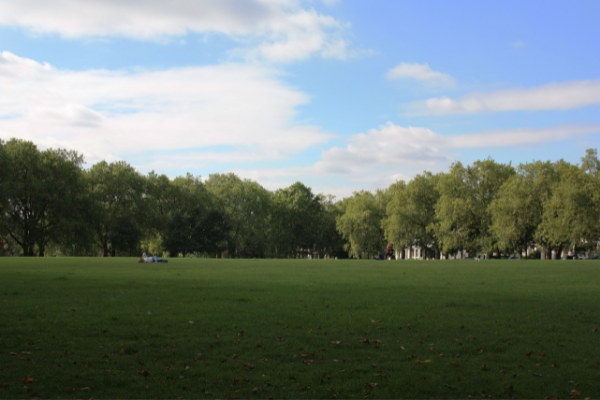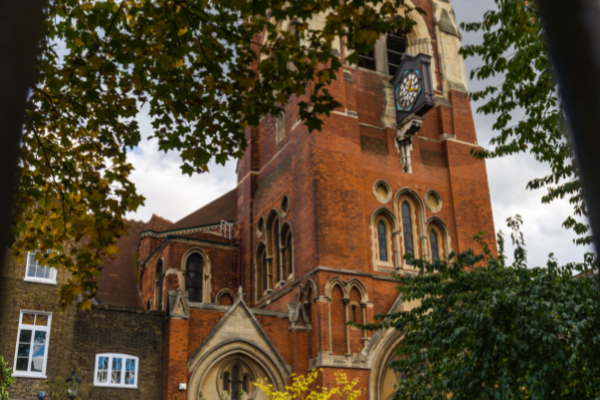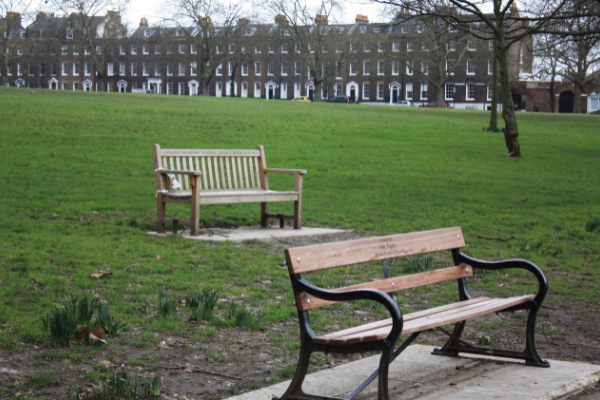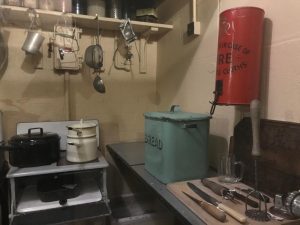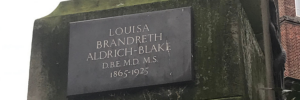Walter Sickert, Victorian artist & actor
A little known fact about one of the most notorious artists in British history is that he once lived in Highbury. Walter Sickert resided in a house on Gillespie Road for eight years, and it was during this time that he created some of his most famous works. While living here, Sickert became acquainted with many of the locals and even members of the Royal Family.
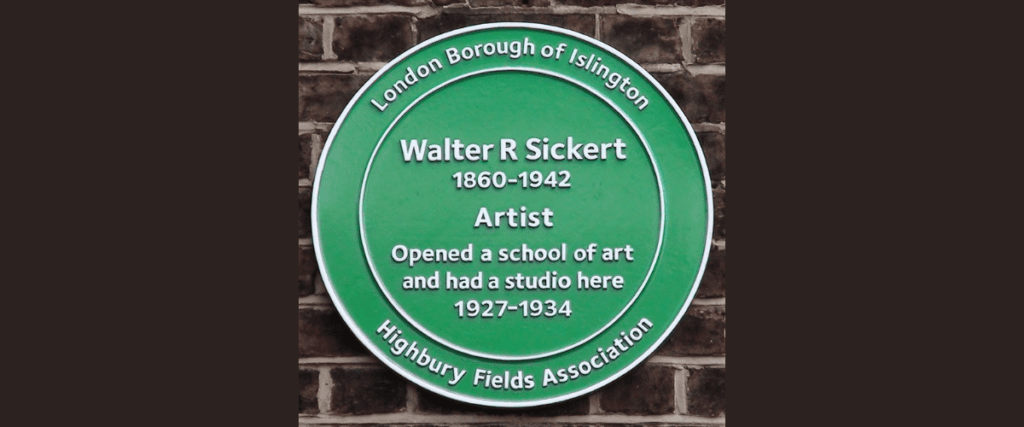
In 1927 Sickert and his third wife Therese Lessore bought a house in Quadrant Road. It was in the same year that he opened the last of his ateliers which also served as a school of painting. No models were employed and pupils were restricted to men only.
Therese Lessore
Therese Lessore was a talented painter of landscapes, interiors and circus scenes. Sickert very much enjoyed and admired her work. Together, they indulged their love of circuses, theatre and music hall both as entertainment and as subjects for painting. So why did Sickert not choose to encourage female artists through their education?
The answer to this question is not clear but it may have something do with the fact that his third wife Therese Lessore was an accomplished painter in her own right. She had studied under Charles Henryrington at Regent Street Polytechnic where she met Sickert while he taught painting classes on evenings after work hours and they were both involved with teaching students who wanted careers as architects or engineers during daytimes – what’s more suitable than married couples doing common tasks together? It seems likely then, given their intertwined interests which included landscapes interiors and circuses.
1 Highbury Place
It was at 1 Highbury Place where Sickert painted The Raising of Lazarus, an initial full-size sketch having been drawn on the studio’s papered wall. In 1932, he gave the finished painting to be sold for the benefit of Sadler’s Wells Company. Sickert said that it was “given in memory of my perpetual admiration of Sam Phelps and my gratitude to Isabel Bateman of whose Sadler’s Wells Company I was myself a utility member.”
It was also in that year that Sickert’s younger brother Berard died. He too had been an artist but was also alcoholic and his talents never were put to use. The Times obituary said that he ‘had talent and taste but [appeared] to have lacked perseverance to make the best use of his powers.’
In 1934 both Sickert and Therese Lessare left Islington for St-Peter’s-in-Thanet, Broadstairs, Kent before moving to Bathampton near Bath where he died in 1942 and she died three years later. They are buried together in the churchyard of St Nicholson, Bathamton.
Find out about Walter Wickert as the leader of the Camden Town Group

